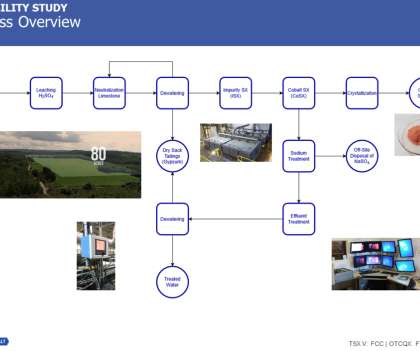UT Austin team identifies promising new cathode material for sodium-ion batteries: eldfellite
Green Car Congress
SEPTEMBER 24, 2015
Professor John Goodenough, the inventor of the lithium-ion battery, and his team at the University of Texas at Austin have identified a new cathode material made of the nontoxic and inexpensive mineral eldfellite (NaFe(SO 4 ) 2 ), presenting a significant advancement in the quest for a commercially viable sodium-ion battery.














Let's personalize your content